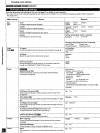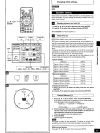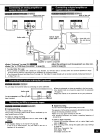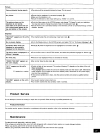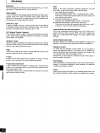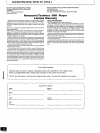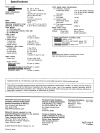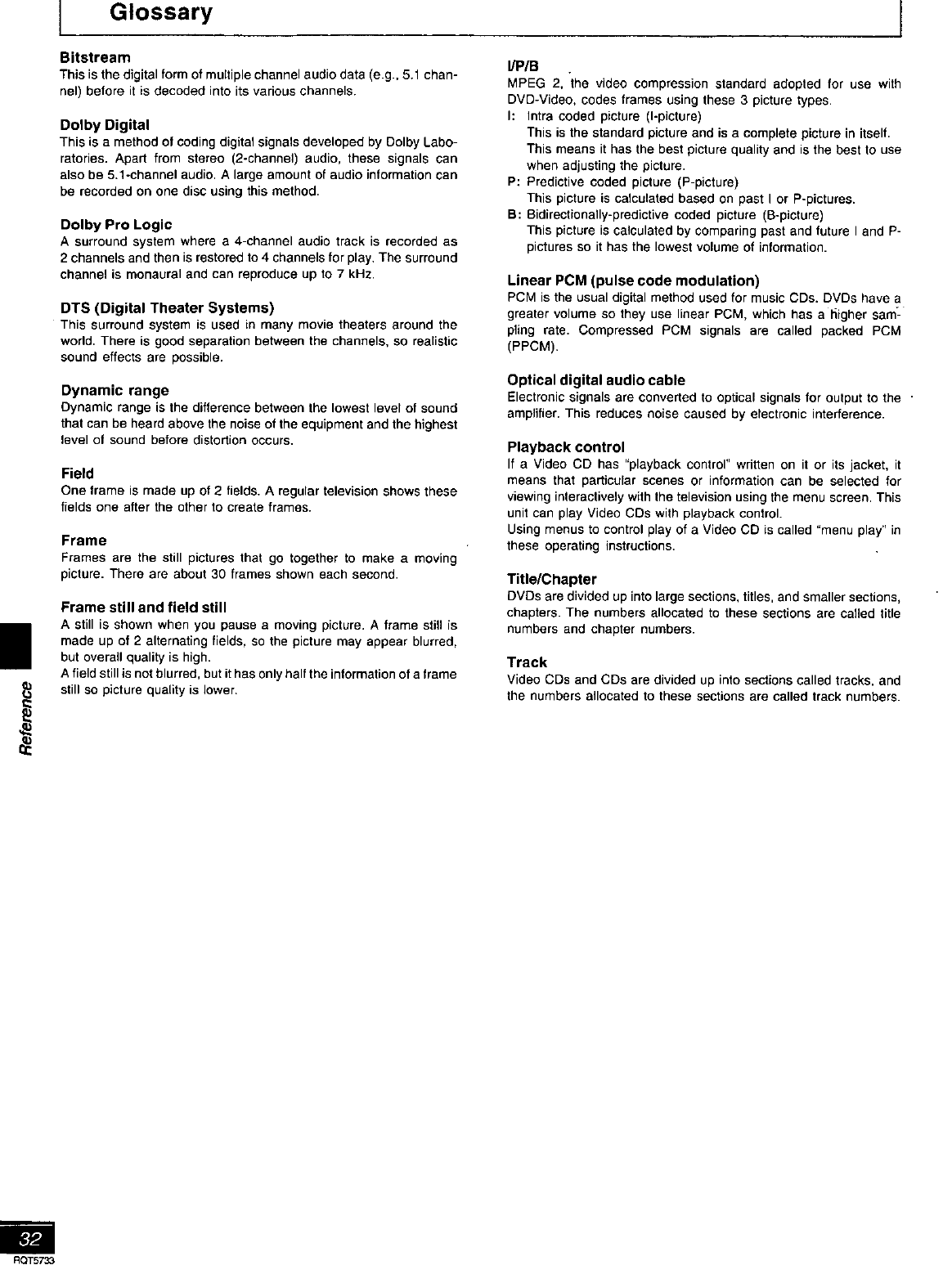
I
I Glossary
Bitstream
This isthe digital form of multiple channel audio data (e.g., 5.1 chan-
nel) before it is decoded into its various channels.
Dolby Digital
This is a method of coding digital signals developed by Dolby Labo-
ratories. Apart from stereo (2-channel) audio, these signals can
also be 5.1*channel audio. A large amount of audio information can
be recorded on one disc using this method.
Dolby Pro Logic
A surround system where a 4-channel audio track is recorded as
2 channels and then is restored to 4 channels for play. The surround
channel is monaural and can reproduce up to 7 kHz.
DTS (Digital Theater Systems)
This surround system is used in many movie theaters around the
world. There is good separation between the channels, so realistic
sound effects are possible.
Dynamic range
Dynamic range is the difference between the lowest level of sound
that can be heard above the noise of the equipment and fhe highest
level of sound before distortion occurs.
Field
One frame is made up of 2 fields. A regular television shows these
fields one after the ether to create frames.
Frame
Frames are the still pictures that go together to make a moving
piclure. There are about 30 frames shown each second.
Frame still and field still
A still is shown when you pause a moving picture. A frame still is
made up of 2 alternating fields, so the picture may appear blurred,
but overall quality is high.
A field still is not blurred, but it has only half the information of a frame
still so picture quality is lower.
I/P/B
MPEG 2, the video compression standard adopfed for use with
DVD-Video, codes frames using these 3 picture types.
I: Intra coded picture (I-picture)
This is the standard picture and is a complete picture in itself.
This means it has the best picture quality and is the best to use
when adjusting the picture.
P: Predictive coded picture (P-picture)
This picture is calculated based on past I or P-pictures.
B: Bidirectionally-predictive coded picture (B-picture)
This picture is calculated by comparing past and future I and P-
pictures so it has the lowest volume of information.
Linear PCM (pulse code modulation)
PCM is the usual digital method used for music CDs. DVDs have a
greater volume so they use linear PCM, which has a higher sam _-
piing rate. Compressed PCM signals are called packed PCM
(PPCM).
Optical digital audio cable
Electronic signals are converted to optical signals for output to the •
amplifier. This reduces noise caused by electronic interference.
Playback control
If a Video CD has "playback control" written on it or its jacket, it
means that particular scenes or information can be selected for
viewing inferactively with the television using the menu screen. This
unit can play Video CDs with playback control.
Using menus to control play of a Video CD is called "menu play" in
these operating instructions.
Title/Chapter
DVDs are divided up into large sections, titles, and smaller sections,
chapters. The numbers allocated to these sections are called title
numbers and chapter numbers.
Track
Video CDs and CDs are divided up into sections called tracks, and
the numbers allocated to these sections are called track numbers.
RQT57_




